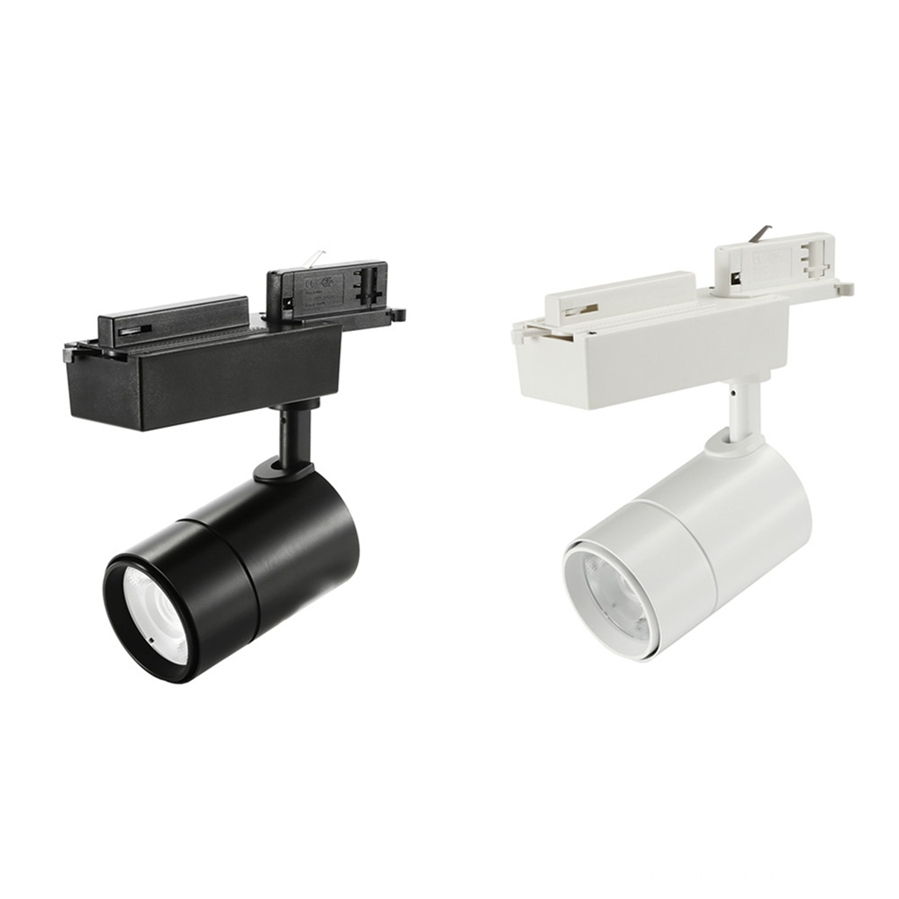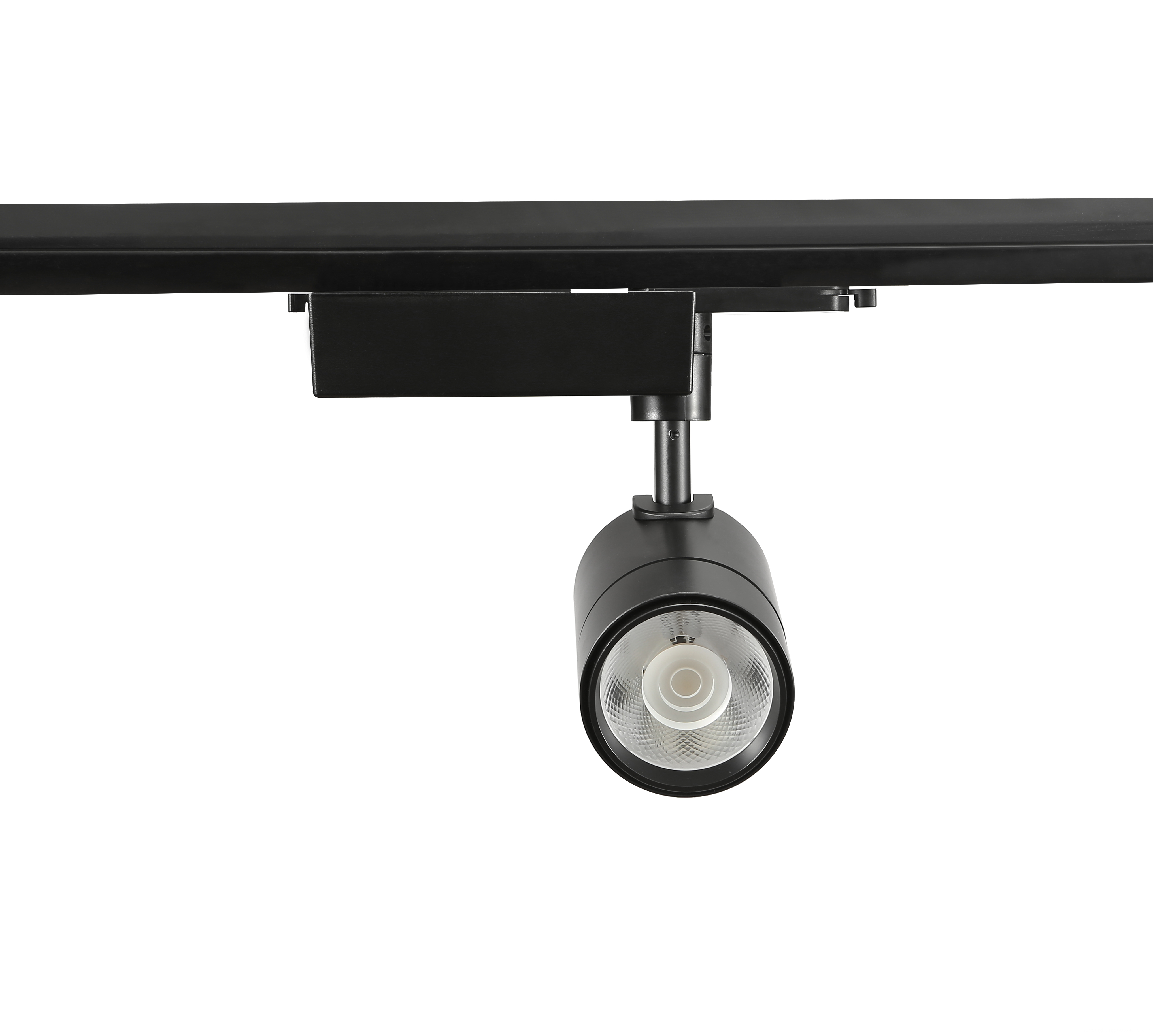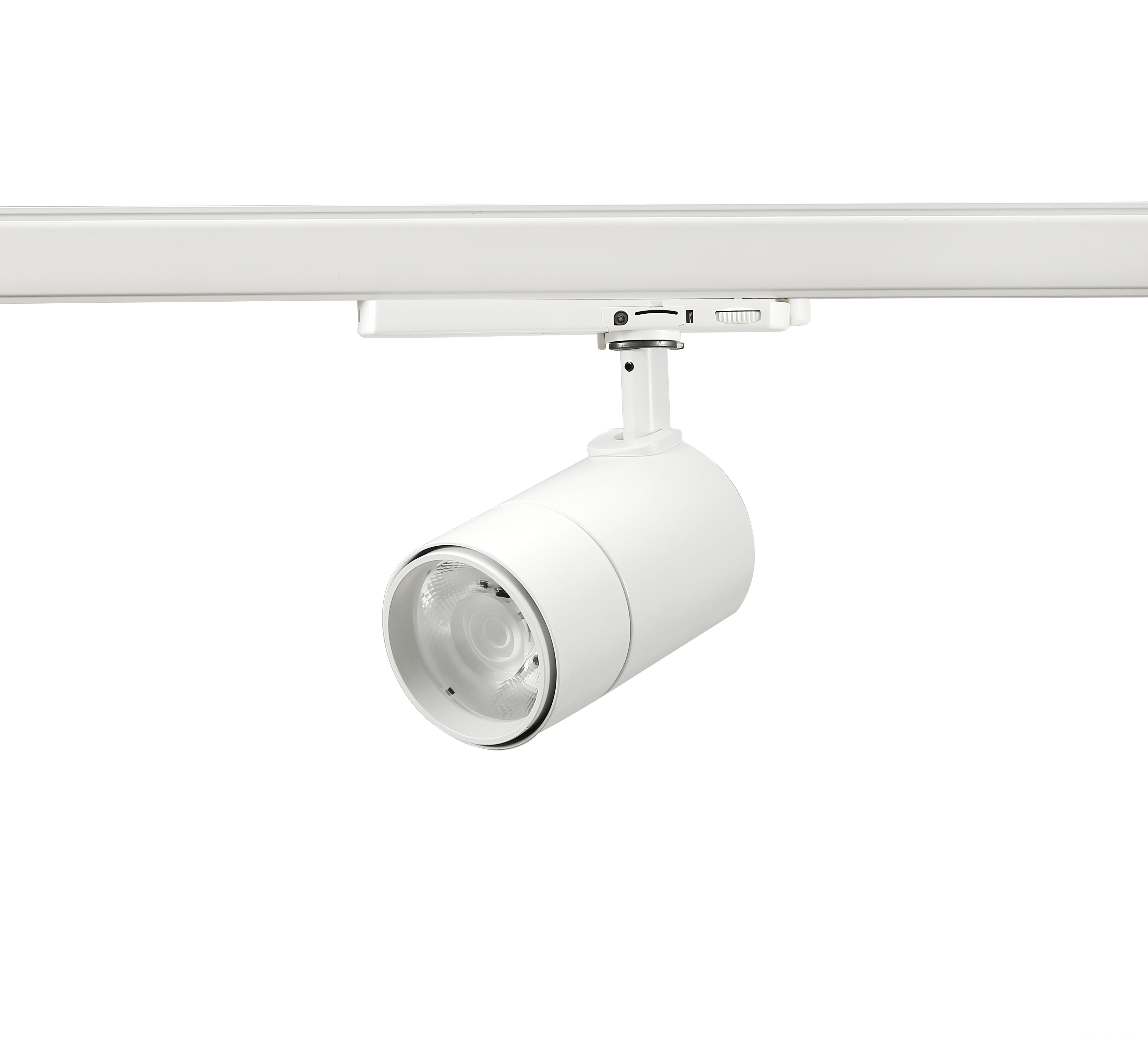VoIP compared with TDMoIP Today, Voice over IP (VoIP) is developing vigorously, and communication networks are evolving towards IP networks. However, VoIP still needs to work hard to solve quality of service (QoS) and signaling issues. A new time division multiplexing over IP (TDMoIP) will bring carrier-class quality levels to IP telephony. TDMoIP is an IP network that is inserted into a traditional TDM network. It can seamlessly connect with existing equipment (such as traditional customer telephone exchanges and switches), and provide multiple services like traditional telephones, as well as Quality assurance like the public switched telephone network (PSTN). 1. VoIP The basic principle of VoIP IP phone is: first put the voice of PCM in the memory buffer in the IP gateway. The gateway plays the role of protocol conversion and is responsible for converting the PCM voice data stream into a compressed IP packet data stream. The buffer in the gateway uses standard compression algorithms to sample from the PCM. After sampling, a discrete binary data stream is formed and a header is added. In the process of forming binary data, any redundant data, such as pauses (silence) and redundancy between voices, will be marked and may be compressed. IP packets queued in the IP gateway buffer are routed and sent to the destination. When the data packet arrives at the destination gateway, it is decompressed (reinsert the silent period and redundant voice), and decoded to restore the original voice signal. The IP gateway serves as a control and gatekeeper, such as call control, call management, network management, voice intelligent switching, etc. Each IP gateway has a gateway number, that is, a unique IP address, and the gateway number can be understood as a telephone office number or area code. After dialing the existing telephone equipment, the IP phone passes the local IP gateway, and after receiving the call request, finds the IP address of the destination gateway number from its telephone directory database, and sends a call request to the destination. The main protocols used for call control similar to signaling in VoIP are the original CCITT H.323, and H.225, H.245, etc. To compete with the traditional telephone TDM network, VoIP needs to make efforts on QoS guarantee and signaling issues. In voice services, low latency and correct signaling time sequence are crucial, so that even if a few milliseconds of signal are lost, it will have little effect. In order to solve this problem, tunnel and jitter buffer technology can be used. In addition, echo cancellation and voice compression technologies related to voice quality are not important for data networks, but are needed for VoIP. The basic performance of signaling is off-hook, ringing, correctly sending the signal to the destination, and charging. Related to signaling are also caller identification, call forwarding, conference calls, and intelligent networking. For such numerous and complicated performances on the telephone network, users usually don't know, and users often only notice it when they lose some of the performance that users are accustomed to. This requires that VoIP must also handle the interface and coordination between the IP network and the traditional telephone network. 2. TDMoIP TDMoIP transparently transmits TDM frames without interrupting any data transmission and without any interpretation or translation of the data. Even if a part of the channel is used to carry data or all frames are unstructured bit streams, TDMoIP can transmit any T1 or E1 service. The basic TDMoIP concept can be easily extended to some T1 systems or channelized E1 systems. In order to reduce the load of service traffic, only the information carrying bytes needs to contain IP packet. TDMoIP solves the signaling method in IP networks and telephone networks: TDMoIP uses in-band signaling, signaling and voice are transmitted in the same audio segment, and TDMoIP automatically transmits audible calls encoded in TDM time slots And need to use voice relay protocol to ensure the correct implementation of in-band signaling function. In the traditional TDM network, another important function is synchronization, and the layered implementation of time synchronization is extremely important for the communication quality of the entire network. In IP networks, the delay of a packet arriving at its destination is random, known as jitter. When emulating TDM on an IP network, by using a buffer and an appropriate time reference, all incoming data can be smoothed to overcome such randomness. There are usually two ways to integrate TDMoIP into the telephone network: (1) Long-distance call "bypass" The operator introduced a backup link based on TDMoIP between the two central exchanges. Due to the advantage of lower cost, long-distance telephone "bypass" services can provide customers with cheaper rates than today's operators. In this way, the TDMoIP device should receive clock reference information from all its connected central switching offices. (2) The whole network Most of the main infrastructure is replaced with TDMoIP networks and requires time synchronization. IP networks propagate clock signals through the Network Timing Protocol (NTP). Unless the IP network is a dedicated TDMoIP link, usually no connection is established between the NTP clock and the required TDM. A solution that provides time standards is to provide atomic clocks or global positioning system (GPS) receivers for all TDMoIP devices, which can alleviate the burden of IP networks needing to send synchronization information. When accurate local time reference cannot be provided or the cost is too expensive, the method of regenerating the synchronized clock at the destination can be used. 3. Comparison of TDMoIP and VoIP TDMoIP is simpler than VoIP due to the transparency of voice, data signaling and protocol. VoIP requires new protocols and translations between signaling formats. VoIP still needs to develop many applications, TDMoIP can automatically obtain some advantages of existing PBX and computer communication integration (CTI). Another important difference between the two is that TDMoIP can provide a mixed service of voice data. From the perspective of the service provider, TDMoIP and VoIP can complement each other. From the user side to the operator's service provider point, the TDM trunk is transparently extended to the IP network, which can simplify the work of VoIP deployment of larger, scalable VoIP gateways and soft switches at the service provider point, and can provide users with Provide a simple TDMoIP network terminal unit on the residential side. These TDMoIP terminal circuits can be used to provide services other than VoIP services, such as the usual PSTN access, centralized user switching, frame relay and ISDN services. Local telephone companies participating in the competition can use the advantages of TDMoIP technology to expand their market scope, and can simply and cost-effectively establish more service provision points and provide more services. Traditional local telephone companies can wholesale transmission circuits to new operators so that they can use TDMoIP to cost-effectively extend T1 or E1 circuits over fiber or wireless links. In absorbing the advantages of wireless and fiber optic data networks, and using TDMoIP to extend T1 or E1 circuits between facilities, new operators can get more revenue. The service provider can also bundle some private line services in addition to broadband data. TDMoIP enables all voice and data services running on T1 or E1 circuits to be automatically supported by IP. It includes not only simple PSTN access, but also primary group services, centralized user switching, VoIP voice services, as well as ATM frame relay, point-to-point protocol (PPP), ISDN, synchronous network architecture (SNA) and X .25 business. 4. TDMoIP is used for mobile communication Cellular mobile operators can use TDMoIP technology to connect between base stations, base station controllers and mobile switching centers on TDM microwave links, T1 or E1 leased lines. To date, ATM is still the best technology, while microwave and leased lines are relatively expensive. Introducing QoS guarantee on Gigabit Ethernet and adopting TDMoIP will be a preferred option. In the development process of the third-generation mobile communication operators, the TDMoIP solution can also be adopted for the IP network on the cellular backbone network. Looking to the future, both existing equipment and third-generation cellular network equipment will be able to coexist to access the IP-based backbone network. 5. Application of TDMoIP Due to some characteristics of TDMoIP, while vigorously developing VoIP globally, some operators have adopted TDMoIP to deploy their networks. For example, the Swedish company UTFOR is an example. UTFOR built a 4500km-long broadband optical fiber data and telephone network in 2000, using TDMoIP technology to provide advanced services to customers. The company uses RAD Datacom ’s IPmux products to provide a pure IP service based on its IP, Ethernet and DWDM networks, bypass frame relay, ATM and SDH. The company's fiber optic network connects 50 towns in southern and central Sweden with Oslo in Norway, Copenhagen in Denmark and Helsinki in Finland. The initial transmission capacity of the network is 1.2 Tbit / s, and the initial routing switching capacity is greater than 2 Tbit / s. IPmux inserts the synchronous data stream of data or voice into the packet and adds the IP header. The packet is transmitted to the destination through the IP network, the IP header is removed at the destination, and the original data stream is restored before being sent out. Both operators and users expect to tightly integrate existing circuit-switched resources with new IP networks. Although VoIP is currently being adopted globally, its standardization is not yet mature. Comparing ATM and VoIP, TDMoIP is a better and less complicated system. Since the integration of framed or unframed E1 / T1 circuits is maintained, its quality is not impaired. Another factor in UTFOR's decision to adopt TDMoIP is that, from the operator's perspective, VoIP is not large enough. UTFOR provides Internet connection, transparent local area network services to its users through TDMoIP, and realizes traditional high-quality telephone over IP. IP mux can connect the PBX of enterprise users to the IP network and provide traditional voice communication on the infrastructure used to transmit data. The product also enables UTFOR to provide toll-free calls within the company, as well as 100Mbit / s IP port virtual private network (VPN) services for Internet access. UTFOR can replace leased line, frame relay and SDH structures on one access port. In other words, an IP port can be used to provide all services such as Internet access, voice switching, VPN and IP-VPN for its customers. The company will gradually introduce video and multicast services with lower cost capacity in the next TDMoIP business. TDMOIP products Shenzhen Yuandazhou Technology Development Co., Ltd. provides IPCE-X IP circuit simulation series products, which is the only company in China that can provide such products. The main features of the products are: 1. Framed or non-framed E1 signals are transmitted over the IP network. A single device can transmit 1, 2, 3 or 4 E1s. 2. Can transmit n × 64K through IP network. In practical applications, this feature has high value. When the network quality is not good, you can ensure that important data streams are not lost. 3. The output clock source can be selected: external clock, network adaptation clock or clock extraction from the E1 receiving line. The network-adaptive clock refers to the recovery and regeneration of the clock from the data stream sent from the opposite end. The IPCE-X recovered clock has high quality and can fully meet the clock index of the PDH optical transceiver.
20W LED Track Lights adopt COB Bridgelux or Luminus as LED source.
20W Led Track Lights 20W Dimmable LED Track Light, 20W Mini LED Track Lighting, 20W Commercial LED Track Light, 20W Color Changing LED Track Light SHENZHEN KEHEI LIGHTING TECHNOLOGY CO.LTD , https://www.keheiled.com
20W Led Track Lights with international 2 wire, 3 wire, or 4 wire track connector.
CCT: 2700K to 6000K are available.
Function: Non-dimmable, dimmable and CCT changeable are available.
Types: DALI system, 0-10V systerm, Dial Switch, guide rail with power supply etc.
Beam Angle: High reflectance diffuser (Lens+Reflector) with 12° / 24°/ 36° for choice.
Dimension of 20W LED Track Lights: Φ80mm, 211*190mm
Finished Color: Matt White / Black / Silver etc.
High luminance flux: 1550lm
High CRI: >90
Input voltage: AC110/220V 50/60Hz
Certification: CE RoHS


